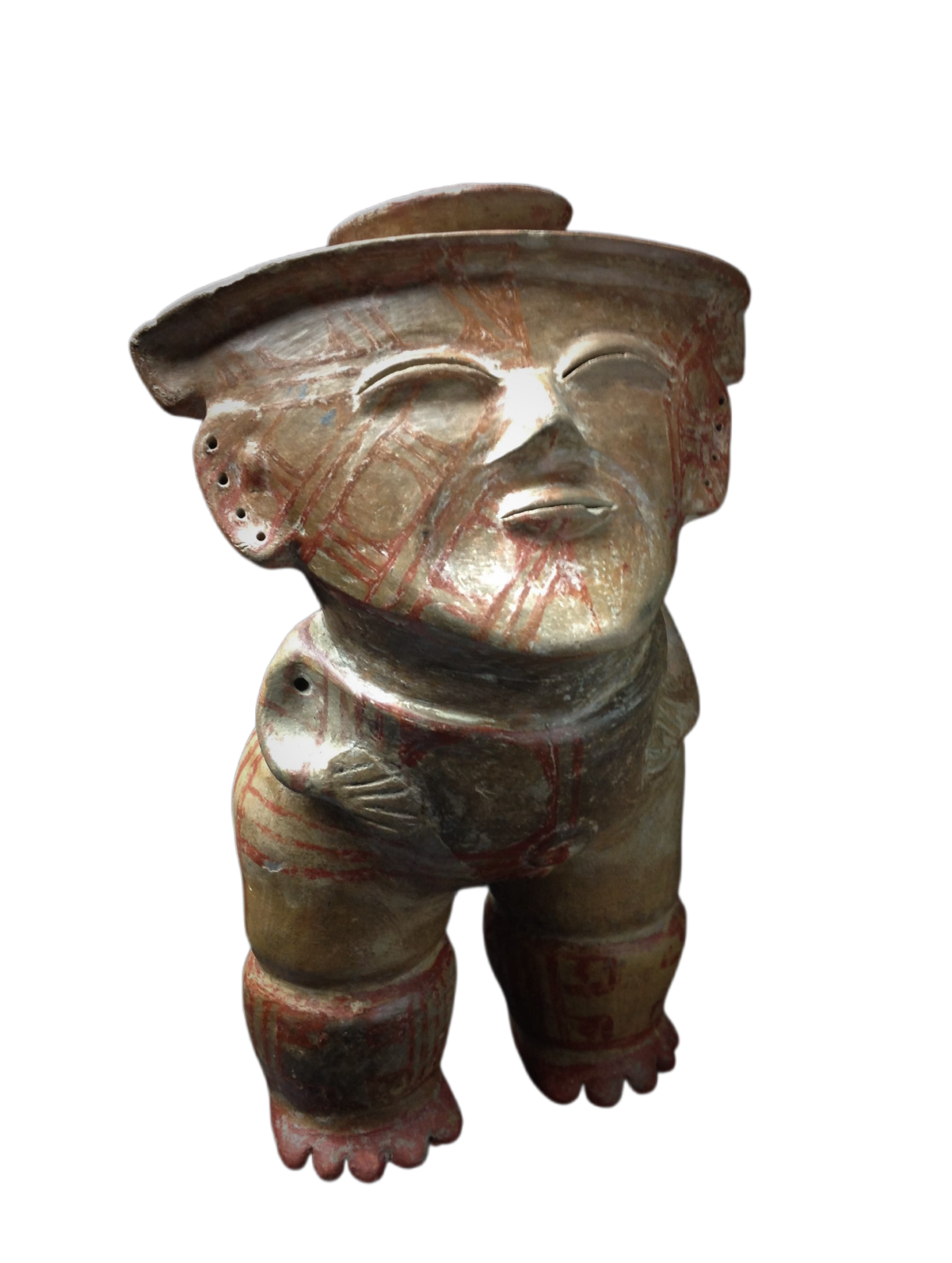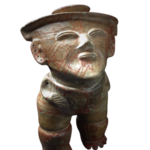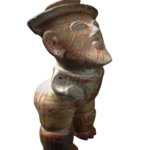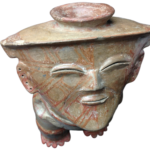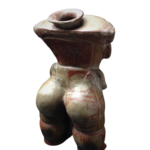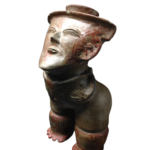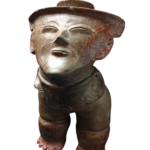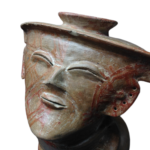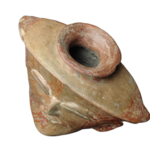Machalilla Effigy Vessel
Intricate Details and Artistic Narrative of this
Machalilla Effigy
The Machalilla culture was an ancient civilization that thrived on the Ecuadorian coast from around 2000 BCE to 800 CE. They are known for their advanced pottery, distinctive ceramic styles, and maritime lifestyle. The Machalilla people engaged in fishing, shellfish gathering, and trade. Their settlements featured complex architecture, including ceremonial structures and residential buildings. Archaeological findings suggest social stratification within the society. The Machalilla culture significantly contributed to the pre-Columbian history of the Andean region, leaving behind valuable artifacts and insights into their way of life.
Betty Meggers, an influential American archaeologist, researched pre-Columbian cultures in South America, including the Machalilla culture in Ecuador. In her work, she highlighted the maritime aspects of the Machalilla, emphasizing their reliance on ocean resources. Meggers proposed that the Machalilla culture was part of a broader cultural complex known as the “Valdivia–Machalilla,” characterized by distinct pottery styles and coastal adaptations. Her contributions have shaped the understanding of ancient societies in the region, although perspectives on her theories have been subject to scholarly discussion and debate over time.
The pottery figures of the Machalilla culture were quite distinctive. They were known for their elaborate and intricate designs, often depicting human and animal forms. These figures displayed high craftsmanship, with attention to details such as facial features, clothing, and symbolic elements. The hollowed body figures were notable mainly for their three-dimensional forms.
The Machalilla pottery often featured fine incisions, painted decorations, and stylized representations, showcasing the artistic skills of the culture. These distinctive pottery pieces served practical purposes and had significant cultural and symbolic meanings, providing insights into the beliefs and practices of the Machalilla people.
The Machalilla culture likely played a role in influencing proceeding cultures in the region. Their pottery’s artistic techniques, styles, and symbolic elements formed a cultural transmission. Neighboring societies may have adopted, adapted, or incorporated aspects of Machalilla pottery into their artistic traditions as they interacted through trade, migration, or cultural exchange.
Additionally, the sophisticated craftsmanship and unique designs of Machalilla pottery could have set a standard or inspired later artisans, contributing to the development of regional artistic styles. The exchange of ideas through cultural interaction is a common phenomenon in the evolution of prehistoric societies, and the influence of Machalilla pottery likely had a lasting impact on the artistic expressions of subsequent cultures in the Andean region.
This magnificent rare specimen is one of the first hollow molded human forms made in the Americas. Rich tan burnished ceramic vessel effigy with corporal decoration. Machalilla region, Ecuador. 2000-1000 BC. Stands at 7 1/2″ tall. Restored from several pieces. – Ultra Rare.
Provenance: Ex – Lands Beyond Gallery NYC.
A similar example is shown on pg.52 “Ecuador” The Secret Art of Pre-columbian Ecuador
Price $6,800 – Domestic Delivery Included
This item may become featured here in the Native American Art Magazine
Click here to see our next item.
Are you seeking a particular piece? Please feel free to let us know.
Regional Division of Pre-Columbian Americas’ Major Archaeological Cultural Phases
